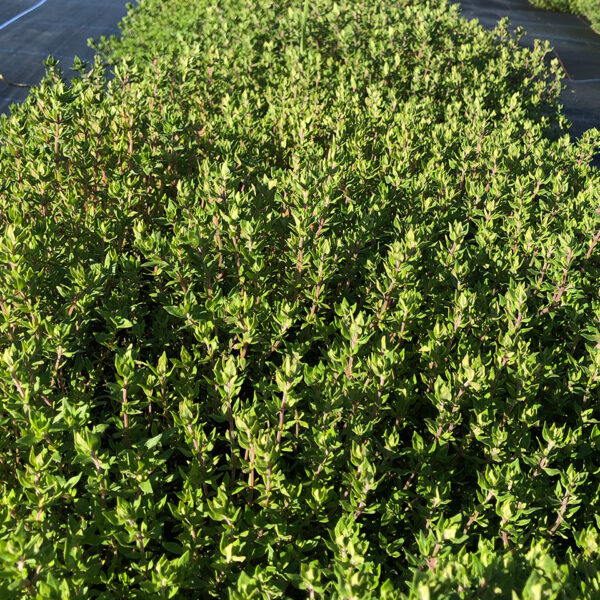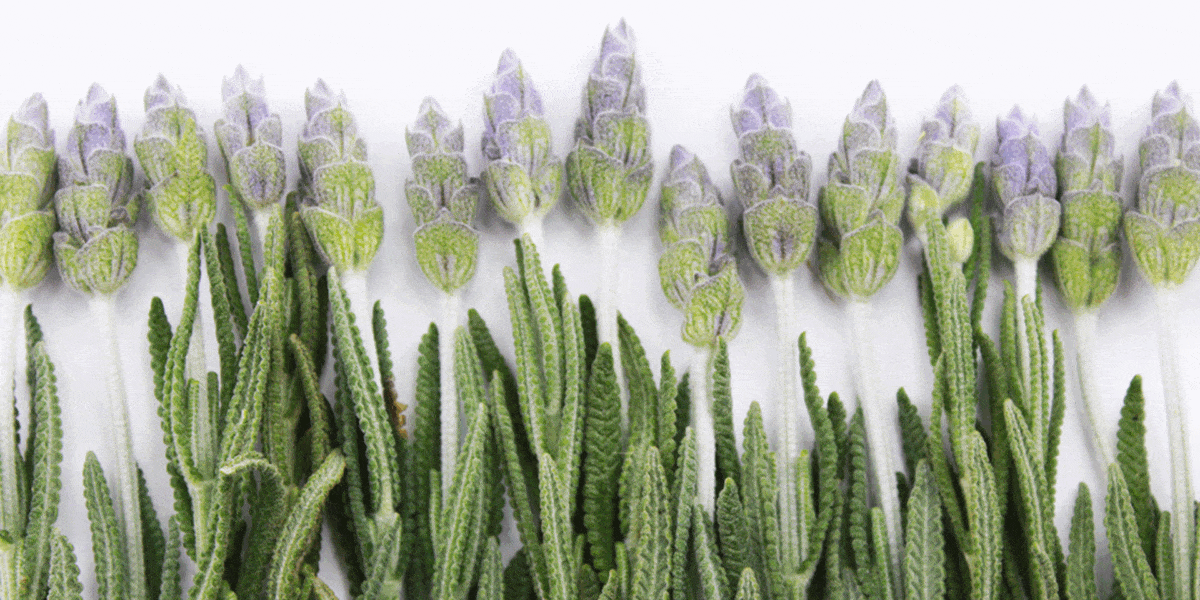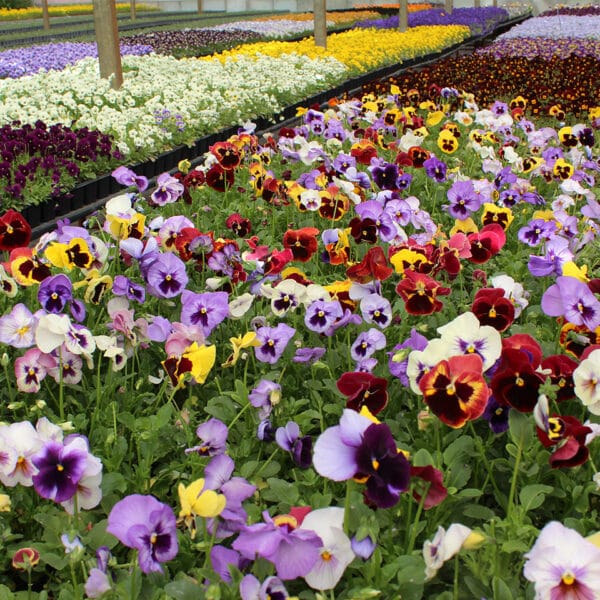 20 March 2024 | Blog
20 March 2024 | Blog
Plants: Are yours suffering from the heat?

Nurtured in Norfolk’s gardening expert Martyn Davey answers all your questions.
If you would like any horticulture query answered please do e-mail our head grower at martyn@nurturedinnorfolk.co.uk to add your thoughts to our weekly horticulture hacks.
Dear Martyn,
Could you please help me I have a number of lavender plants in the garden which have grown for the last few years with no problems enjoying the hot summer last year. However, this year they have been attacked by something that is causing the leaves to go spotty with lots of white spots on the leaves. I also have a rosemary which has a similar problem is there any chance you could advise on what is causing this? The soil is light and well drained and I think the soil is not acid, I would be very sad to lose them.
Hubbard Dereham
Dear Reader,
The problem sounds like a common pest of plants from the Mediterranean, sage and Ligurian leafhoppers can cause a coarse pale mottling on sage, rosemary, lavender and related plants at this time of year.
sage and Ligurian leafhoppers are small sap-feeding insects that feed on the undersides of leaves. Sage and Ligurian leafhoppers are similar in appearance, they suck sap from aromatic plants in the Lamiaceae family, including sage, mints, lavender, bergamot, marjoram, oregano, rosemary, basil, thyme, and lemon balm. Their feeding causes a course pale mottling of the foliage.
These leafhoppers are widespread in the UK. The adults are up to 3.5mm long, pale green and heavily dappled with brown and black markings. The adult insects are broadest at the head end and sit with their wings folded back over their bodies. When disturbed, they readily jump and can fly short distances. The nymphs are creamy white in colour and do not have fully formed wings. As leafhopper nymphs grow they shed their skins several times. The discarded white skins can often remain attached to the lower leaf surface and are sometimes referred to as ‘ghost insects’.
These leafhoppers overwinter as eggs on its host plants and are active from May until the autumn. Sage and Ligurian leafhoppers cause a pale mottling on upper leaf surfaces of host plants. By late summer affected leaves may be heavily mottled, although this seems to have little effect on the plants’ growth.
Damage caused by sage and Ligurian leafhoppers can generally be tolerated by host plants, and so control is not necessary. Affected herbs are still safe to eat.
Pesticides can give some control; plants need to be sprayed when leaf spotting is first seen. If herbs that are being used for culinary purposes require treatment, use products considered organic or products containing lambda-cyhalothrin or deltamethrin that are labelled for use on these plants and follow the label instructions especially regarding maximum number of applications and harvest interval
Organic sprays, such as natural pyrethrum (e.g. Bug Clear Gun for Fruit & Veg, Ecofective Bug Killer), fatty acids (e.g. Solabiol Bug Free, Doff Greenfly & Blackfly Killer) or plant oils (e.g. Vitax Organic Pest & Disease Control, Bug Clear for Fruit and Veg) can give some control. These pesticides have a very short persistence and so may require reapplication to keep leafhoppers in check. Plant oil and fatty acid products are less likely to affect larger insects such as ladybird adults
More persistent insecticides include the synthetic pyrethroids lambda-cyhalothrin (e.g. Westland Resolva Pest Killer), deltamethrin (e.g. Provanto Ultimate Fruit & Vegetable Bug Killer) and cypermethrin (e.g. Py Bug Killer). Follow label instructions when using pesticides.
Plants in flower should not be sprayed due to the danger to pollinating insects.
Jobs for this week in the garden.
Check clematis for signs of clematis wilt.
Deadhead bedding plants and repeat-flowering perennials, to ensure continuous flowering.
Pick courgettes before they become marrows.
Martyn Davey – Head Grower

